CHAPTER I - General Description
The park transects the valley walls of the flood plain of Lick and
Alum
Creeks. Lick Creek is a major tributary of the Navasota River.

The park also contains well developed riverine and alluvial
hardwood
forest, open marshland, and oxbow meadows such as this one.
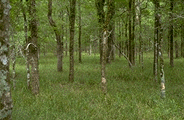
Much of the park consists of upland oak forest...
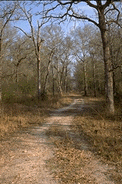 ...or sandy prairie.
...or sandy prairie.
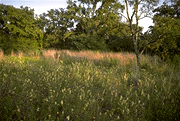
Take a trip to Lick Creek Park and you will see several
different
ecosystems and many different plants. The show begins with the
drive to
the park. The roadsides of Greens Prairie and Rock Prairie roads
are
rich with wildflowers, especially in spring. Yellow flowered Thelesperma
is very showy.
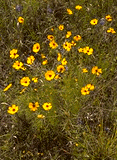
Indian Paintbrush, Castilleja indivisa, is a familiar
sight.
The blossoms are small and greenish; what's showy is the colored
bracts
beneath the flowers.
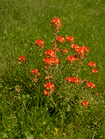 ................
................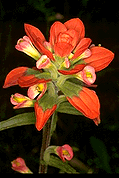
Bull Thistle, Cirsium horridulum, is a plant best
appreciated
at a distance. The leaves are unmercifully spiny. The blooms are
usually creamy yellow...
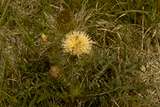
...though pink-flowered plants are common too.
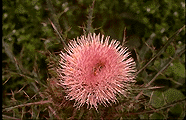
Wooly-white, Hymenopappus, is abundant in mid-spring.
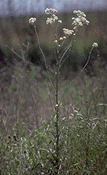
Like other members of the Asteraceae or Sunflower Family (also
referred to as Composites), they produce a head made up of many
small
flowers or florets. The heads of Hymenopappus are unusual.
They
are composed of entirely of disk florets, but the white phyllaries
or
bracts are petaloid and look like ray florets.

Later in the summer, Buffalo Bur, Solanum rostratum, can
be
found. The leaves and calyces are terribly prickly.
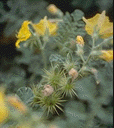
Mexican Hat, Ratibida columnifera, is easy to recognize
with
its long, cone-shaped receptacle.
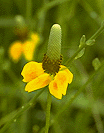
Near the Equestrian parking lot is a large open area which is
regularly mowed.
The plants here are a mixture of native species and common
introduced
weeds.
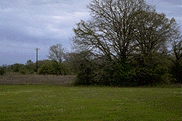
Chapter 2 - Open Area
Lick Creek Park Field Trip Home Page